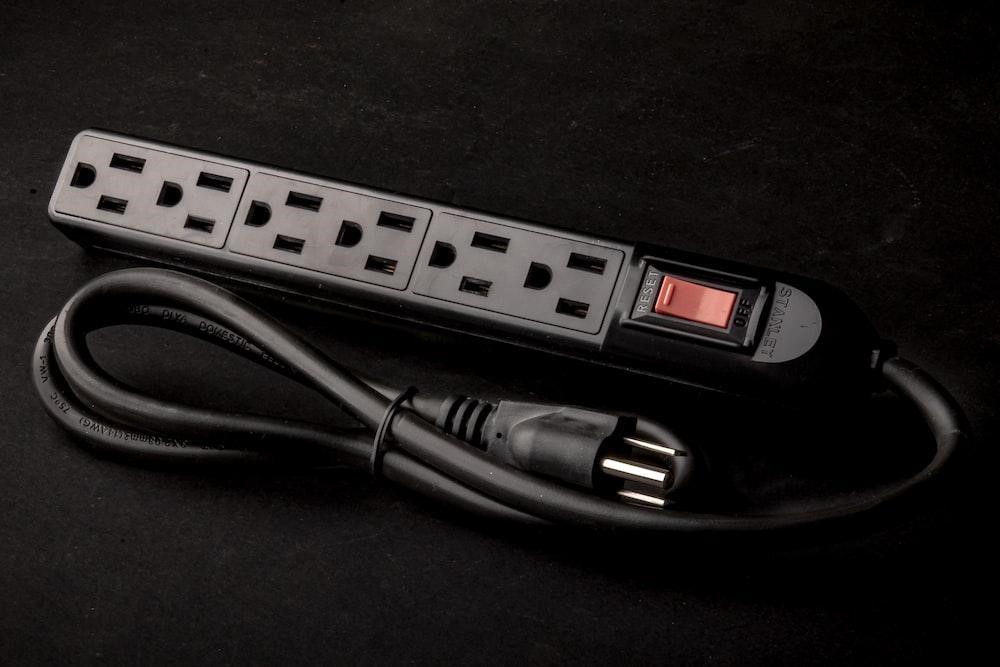
Modern people depend on various electronic devices and gadgets around the house, office, schools, and virtually any place where people regularly meet. To ensure that these devices have access to electricity, every building has wall outlets to supply electricity to the various devices in the house or building. However, construction workers can only put a few outlets inside the house. This means that the number of outlets in the building can be way more than the number of power outlets available. Power strips provide safe, economical, and convenient access to electricity. Here is a general overview of power strips.
Power Strips Generally
Generally speaking, a power strip is an extension of electric sockets attached to a cable with a plug at the end. The plug, which can be affixed to an electrical outlet on the wall, allows the user of the power strip to extend the connectivity such that multiple electrical devices can obtain power from 1 electrical wall socket. There are different kinds of power strips depending on factors such as electricity consumption, the power of the power strip, the voltage the power strip can hold, the number of outlets, and the facilities or extra tools the power strip provides.
For example, a 20 amp power strip can provide a maximum power of 20 amps. Depending on the voltage, it is possible to calculate the wattage rating and, by extension, determine which devices are appropriate for such an electric power strip. Manufacturers have also developed various power strips that provide customers or users extra functionality. For example, smart power strips have sensors that detect when a device is drawing minimum power or is off and cut the supply to such a device. This is beneficial in saving electricity which in turn benefits the environment and reduces the costs one has to incur for the electric bill.
How Do Power Strips Work?
Without getting into the physics or science surrounding power strips, it is crucial to understand how they work for your general knowledge and if you need to make a few repairs here and then as part of your DIY tasks. Upon connection to a wall socket, the power strip obtains electricity from the general circuit of the house or building and extends it to the various ports or outlets on the power strip. Since the circuit is structured in a parallel way, it is not necessary for all the outlets to be on for the power strip to work. The power strip provides equal voltage to all the ports, which means unless the power strip has specific measures put in place to reduce the voltage on certain outlets, all devices have equal access to electricity. You can use any outlet for any device.
Tips For Buying Power Strips
Before buying a power strip, there are a few considerations you should make to ensure that you get quality and value for your money. As such, the first thing you should think about is the number of outlets you will need. Every extension or power strip has different outlets. In fact, at times, you may find power strips with many outlets are more expensive than those with fewer outlets. As such, depending on your budgetary constraints, you need to ensure that you get a power strip that can accommodate as many devices as you plan to plug into it.

The second consideration you should make is the length of the power cord supplying electricity to your power strip. The size of the power cord will determine how far from the wall socket you can place your electric devices. While you can get an extension to the original manufacturer’s power cord at any time, selecting one that meets your needs from the onset is beneficial since it keeps you from making numerous repairs and configurations.
Lastly, you should consider the total power of the appliances you want to use with the power strip. The rated power of the devices you want to connect to the power strip will determine which kind of power strip you get and its capabilities. You can get information regarding the total rated power of the appliances from the specification stickers located on the devices. Failure to do so might lead to you getting a power strip that is too weak to handle the appliances, which can subsequently lead to an overload.

Parting Shot: Tips on Using Power Strips
When using power strips, safety is critical. Therefore, always connect to a grounded wall socket before using a power strip. Secondly, depending on the kind of power strip that you have, always use light-load appliances or devices on power strips. This can include computers, laptops, clocks, laptops, or entertainment units. Avoid using heavy-load appliances such as microwaves and refrigerators on power strips.

While using power strips can be advantageous to you, especially if you have numerous electrical appliances in your house, use these power strips sparingly since most past trips are not designed to hold power for a long time. If you develop a custom of using them frequently, you risk overheating them. Lastly, never plug a power strip into another power strip.


